Always smile at a (Siamese) crocodile
10/06/2020 in Conservation
Female Siamese crocodile in the captive breeding programme
For the past three years, the RZSS WildGenes laboratory has been working with Fauna & Flora International (FFI) and the Royal University of Phnom Penh (RUPP) to develop the first conservation genetics laboratory in Cambodia. Our very first training visit began back in 2016.
A jewel of biodiversity in Southeast Asia, Cambodia is home to the largest freshwater lake in the region and a myriad of habitat types, from the rainforests of the Cardamom Mountains to the wetlands of the Mekong River Delta. Conserving the remaining diversity is vital and by sharing valuable genetic tools with the people who live and work within the country, RZSS WildGenes aims to provide long-term capacity for future conservation management.
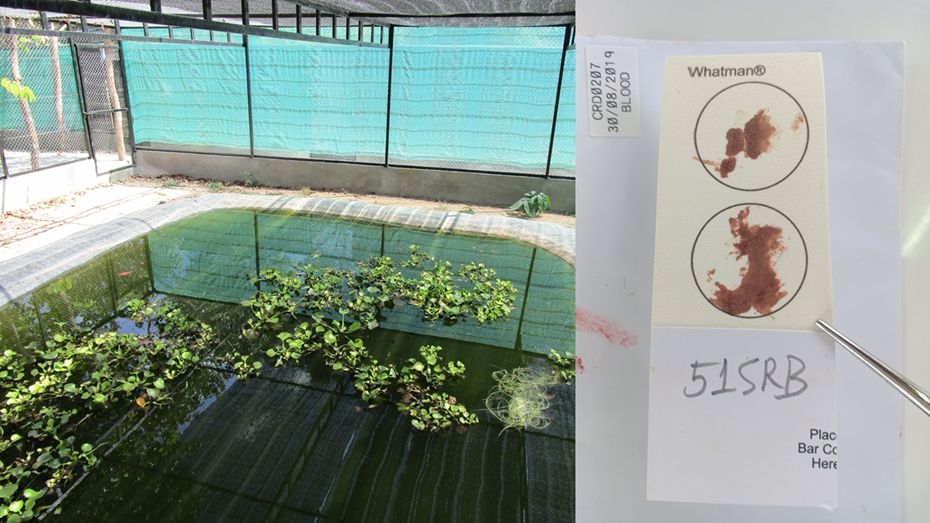
Holding pool for crocodiles awaiting genetic testing and a blood sample (right) for DNA extraction
One species that is already benefitting from our partnership is the critically endangered Siamese crocodile. One of the rarest crocodiles in the world, it was pushed to the brink of extinction in the 20th century before the last remaining populations were discovered by FFI in 2000.
Smaller and much more docile than many of its relatives, the Siamese crocodile is revered by some indigenous communities. The Pearic people of the Cardamom Mountains believe that crocodiles represent their ancestor spirits, a protection that may have been critical to the persistence of the last populations here. Elsewhere, the Siamese crocodile has had to contend with severe habitat loss and extensive poaching for the leather industry. Even as the last wild populations were going extinct, thousands were being bred in farms for their skins. Now, it is these captive individuals that may hold the key to the future survival of the species, with just one caveat.

Nestlings from 2019 at Phnom Tamao Wildlife Rescue Centre.
Crocodile farms usually keep many different species together and purposefully hybridise them to ‘improve’ the leather quality. This means that many of the Siamese crocodiles have been bred with larger, more aggressive species, such as the saltwater crocodile.
The only way to determine which individuals are Siamese crocodiles, and not hybrids, is by genetic testing. RZSS WildGenes has now developed a test to do just that, and the Cambodian lab at RUPP used it for the very first-time last year. This now means the lab can test farmed crocodiles to identify which individuals can be released back into the wild. We are extremely proud to be part of this vital work.
On my recent training trip I made sure to visit FFI’s Siamese crocodile breeding programme at Phnom Tamao Wildlife Rescue Centre and was privileged to see this year’s cohort of young hatchlings, which brought a huge smile to my face. So, forget what you may have heard, these crocs are something to smile about!
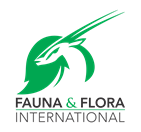
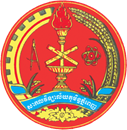
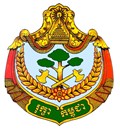
The RZSS WildGenes lab would also like to thank the players of the People’s postcode lottery for their continued support.
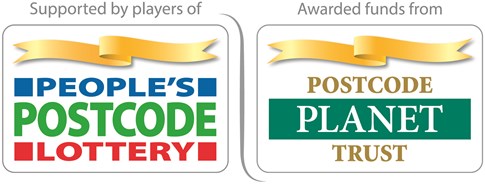
Featured Articles

An update from the Budongo Forest
19/04/2024 in Conservation

Edinburgh Zoo named best zoo in Scotland
15/04/2024 in Edinburgh Zoo

























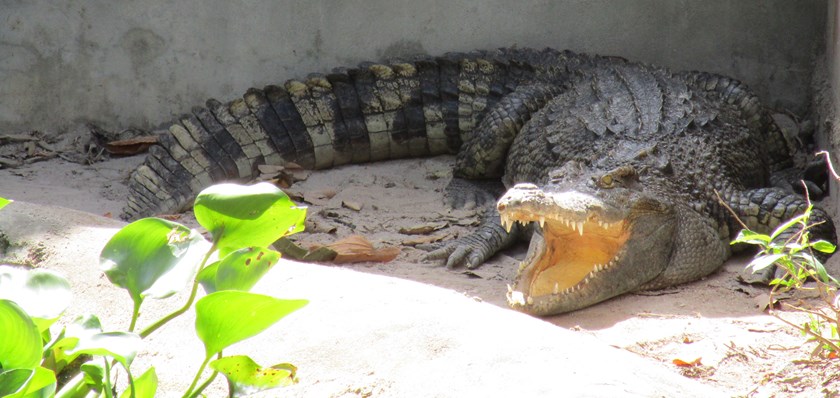
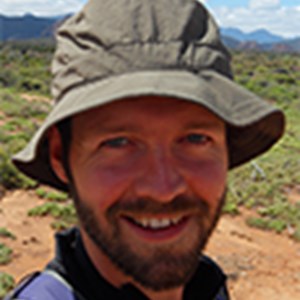
Follow EZ